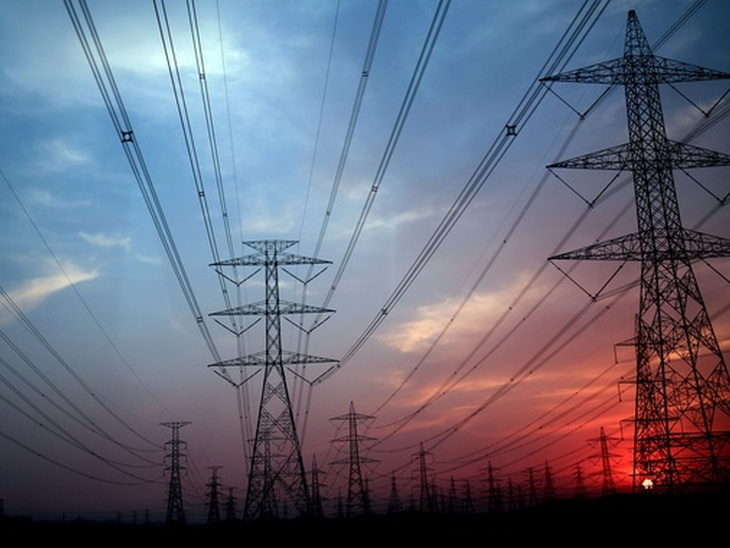Energy consumption in Brazil falls 6.6% in relation to the same period of the previous year
T&B Petroleum/Press Office
01/06/2020 21:20

The consumption of electricity on the network in April decreased by 6.6% in relation to the same period of the previous year, reflecting the impacts of the pandemic of COVID-19 in the consumption classes, mainly in the commercial classes (-17.9% ) and industrial (-12.4%).
The commercial class was most affected by the social isolation measures adopted in the country to combat the COVID-19 pandemic. The temporary closure of establishments and stores in the commerce and non-essential services sector had a significant impact on retail sales (retailer and wholesaler) and the activities of hotels and restaurants, the sectors most negatively affected. With the reduction of the economic activity of the sector, all regions of the country presented a decrease in the consumption of electricity in the commercial class, being that the Northeast (-21.7%) and the Southeast (-19.3%) were the regions that had the biggest contractions in consumption. The Southeast region, in addition to suffering from restrictions on trade and services activities, was also influenced by the milder climate compared to April 2019.Even with the longer billing cycles, compared to the equivalent period of the previous year, in some distributors with significant participation in the total market, this effect on the consumption of the class was not enough to compensate for the drop caused by the partial interruption of economic activity.
In the industrial class, the decrease of 12.4% reflects the falls registered in practically all regions and consumption segments monitored by EPE, with some exceptions. Among the industrial segments, mining and quarrying increased 1.7%, showing less impact from the social isolation measures adopted in the cities, with emphasis on the North and Northeast regions. In the latter, there was the influence of a non-ferrous metallic mineral extraction plant, which returned to its operation at the end of last year in the State of Bahia. In the North, industrial consumption (+ 7.9%) continued to be positively affected by the low base statistical effect of non-ferrous metallurgy. This effect also occurred in the Midwest region (+ 1.6%), in the ferroalloys segment, in an articular manner.


